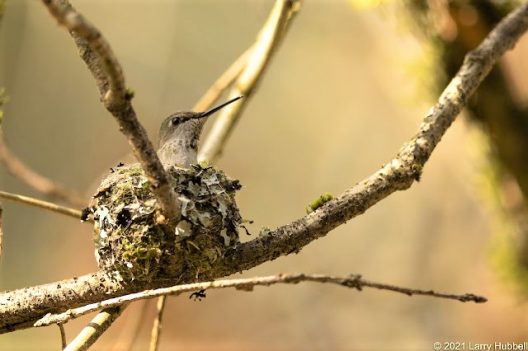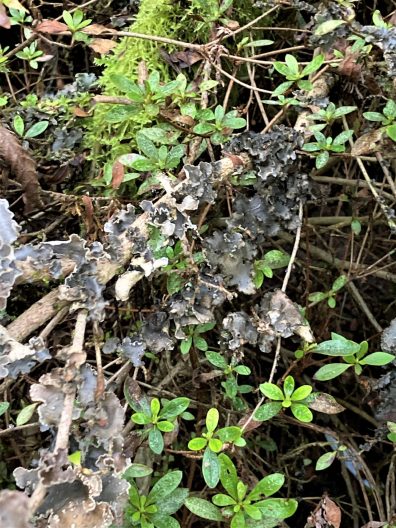I’m Lichen What I’m Seeing!

Let’s dip our toes into the bizarre world of lichens! Lichens are those interesting, colorful, strange little growths found on trees and stones that are commonly mistaken for moss. Lichens and mosses can certainly grow together and often do, but they are far from the same thing. These underappreciated epiphytes are actually not even plants at all. They are a symbiotic combination of fungi and algae which form an estimated 3,600 (and counting) different species of lichen throughout North America.
It is known that algae accounts for over 50% of the photosynthesis that takes place on Earth. The relationship between fungi and algae which form lichen allows algae to thrive in places that would otherwise not be able to sustain it. In other words, it’s pretty important stuff! Another way we benefit from lichens is the fact that they absorb everything in their atmosphere, including heavy metals, carbon, sulfur and other pollutants. Scientists are able to extract these toxins from within lichen in order to determine the levels that are present in the surrounding atmosphere. This is not to say that lichens particularly enjoy filtering out our dirty air. Their ability to absorb everything makes them sensitive to where they can thrive. Therefore, healthy populations of lichen indicate good air quality!
One of the most common lichen questions people ask is if it is bad for their trees and shrubs. The answer is NO! Lichen merely uses the bark of a tree as a place to live and grow. It does not penetrate the inner bark or consume any nutrients or water from the tree or shrub it is living on. Lichens provide a vast amount of benefits to humans, plants, animals, insects and micro climates.
If you want to dive deeper into the lichen wormhole, the U.S. Forest Service website has a vast wealth of easy to read information on everything lichen. Here is a link to their site: https://www.fs.fed.us/wildflowers/beauty/lichens/index.shtml
Sticta limbata Silver-Lined Moon Lichen

A rare species of lichen was recently found here at the Washington Park Arboretum and is what sparked this lichen awareness post! There is a surprising amount of it laced along the internal Azalea branches in the foreground of the Lilac Collection along Azalea Way. This species has been found within the southern Appalachians and the West coast of North America, including the lovely Pacific Northwest. It is also known to exist in parts of Europe, Australia and New Zealand. It prefers high altitude and old-growth deciduous forests. This particular species is rarely found along the north coast mountain ranges in the lower elevations. Very little has been documented about this species, but one source (from 1988, mind you) cites that its elevation range is typically 300-1500 meters. That’s significantly higher than where we are located and one can assume that is a major factor in the discovery of this lichen in this location. Multiple parties are now involved regarding the study and preservation of it here at the Washington Park Arboretum.
Similar to most other lichens, its presence is an indicator of good air quality. It exhibits an undulated, foliose growth form (lobed and leaf-like). Lichens can sometimes change in color based on how hydrated they are. In the case of S. limbata, purple or reddish hues can vary within the typically brown tops and tan undersides. A distinctive white/silver strip edges the boarder of each thallus (a plant-like vegetative body that lacks differentiation into distinct parts and does not grow from an apical point).